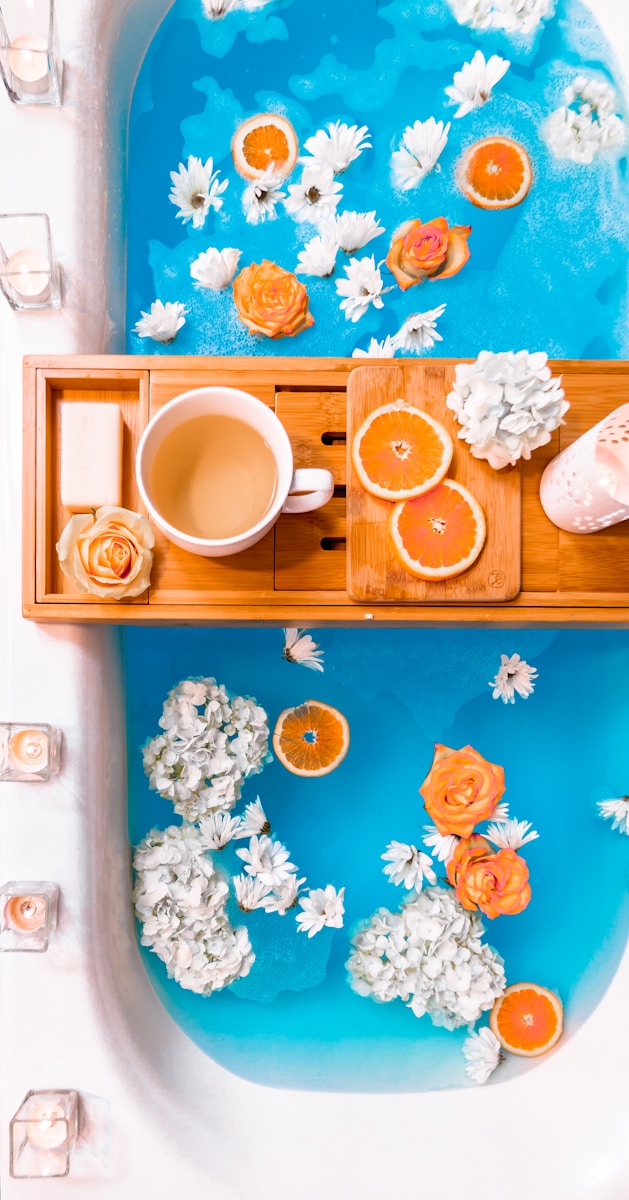
Contouring is a makeup technique that can transform your face by creating the illusion of sharper cheekbones, a more defined jawline, and a slimmer nose. While it might seem daunting at first, with the right products and techniques, contouring can be simple and highly effective. This complete tutorial will guide you through the steps to master the art of contouring, whether you’re a beginner or looking to refine your skills.
Step 1: Prepare Your Skin
Before contouring, it’s essential to have a clean, moisturized face. Start by applying a lightweight moisturizer to ensure your skin is hydrated and your makeup will apply smoothly. If you want your makeup to last all day, consider using a primer to create a smooth base and minimize the appearance of pores. A primer will also help your contouring products stay in place.
Step 2: Apply Foundation and Concealer
For a flawless base, apply a foundation that matches your skin tone. Blend it out evenly using a makeup sponge or foundation brush. Foundation creates an even canvas, helping the contouring shades blend more seamlessly into your skin.
Next, use a concealer that’s a few shades lighter than your skin tone to brighten and highlight certain areas of your face. Apply the concealer under your eyes to cover dark circles, down the bridge of your nose, on your forehead (between your brows), and along your chin. Blend it out well with a sponge to ensure no harsh lines.
Step 3: Choose Your Contour Products
Contouring can be done with powder, cream, or stick products. For beginners, cream or stick formulas are easier to blend, but powder products are also a great option if you prefer a matte finish. Choose contour shades that are one to two shades darker than your skin tone for a natural look. Similarly, select a highlighter shade that is a few shades lighter than your foundation.
Cream or Powder?
Cream Contour: Best for dry skin types or if you want a more dewy, natural finish. Cream products tend to blend easier and give a more skin-like finish.
Powder Contour: Ideal for oily skin or if you prefer a matte finish. It offers buildable coverage and a more sculpted look.
Step 4: Map Out Your Contour
Contouring works by creating shadows on your face, while highlighting brings certain features forward. Here’s where to place your contour and highlight:
Contouring Areas: Apply contour on the hollows of your cheeks (right under the cheekbones), along your jawline, and on the sides of your nose. You can also contour along your temples and the sides of your forehead for a slimming effect.
Highlighting Areas: Apply highlighter to the high points of your face that naturally catch the light—under your eyes (where you applied concealer), the bridge of your nose, your cupid’s bow, and your chin. You can also highlight the tops of your cheekbones for a glowing finish.
To map out your contour:
Cheeks: Make a “fish face” (sucking in your cheeks) and apply contour along the hollows of your cheeks, blending upwards towards your temples.
Jawline: Apply contour along your jawline to create the illusion of a sharper, more defined jaw. Blend well to avoid any harsh lines.
Forehead: If you have a larger forehead and want to make it appear smaller, apply contour along your hairline. Blend it downward to avoid a visible line.
Nose: For a slimmer nose, apply contour on both sides of the nose and blend well to create a more defined shape.
Step 5: Blend, Blend, Blend
This is the most crucial step in contouring. You want everything to blend seamlessly so the contour looks natural. Start by blending your contour product using a makeup sponge or a contour brush, making sure you blend upwards and outwards for a lifted effect. For your highlight, use a clean sponge or brush to blend it into the contour areas.
Be patient—blending is key to achieving a soft, sculpted look. Avoid harsh lines, and take your time to ensure the contour looks like natural shadows on your face.
Step 6: Set with Powder (Optional)
Once you’ve blended everything and are happy with the results, set your makeup with a light dusting of translucent setting powder. Focus on areas like your under-eyes and T-zone, which tend to get oily throughout the day. If you’ve used cream contour, setting powder helps lock everything in place and ensures your look stays fresh all day.
If you prefer a more matte contour, you can apply a setting powder to the areas you contoured. For a dewy finish, use a setting spray to set your makeup without losing the glow.
Step 7: Add Final Touches
To enhance your contour, you can add a touch of blush to the apples of your cheeks for a healthy flush. If you like, apply a final layer of highlighter to the tops of your cheekbones, the tip of your nose, and your cupid’s bow for a radiant finish. Be sure to blend the highlighter in well to avoid any sharp lines.
Step 8: Review and Adjust
Contouring is an art, so make sure to step back and review your work. Sometimes, the lighting can change how your makeup looks. If needed, touch up areas that may need more blending or additional product. If your contour looks too harsh, use your foundation sponge to blend it out.
Final Thoughts
Contouring is all about enhancing your natural features and sculpting your face to your desired shape. While it may take some time to master, the more you practice, the easier it will become. Remember, subtlety is key for a natural, flattering contour. With these steps, you’ll be able to create a perfectly contoured look that’s customized to your face shape and preferences.

